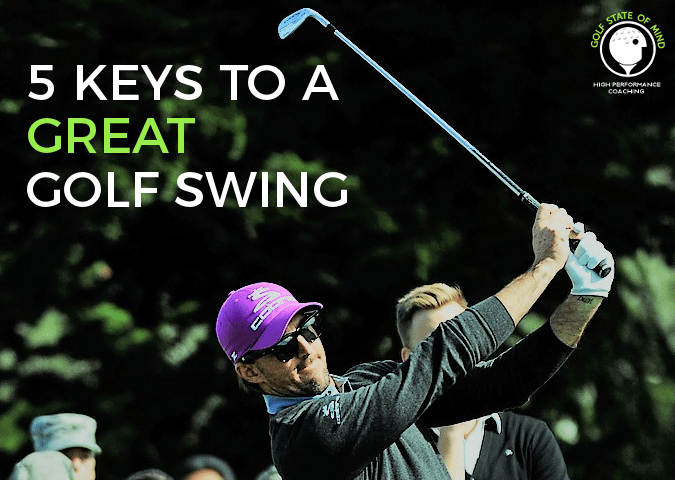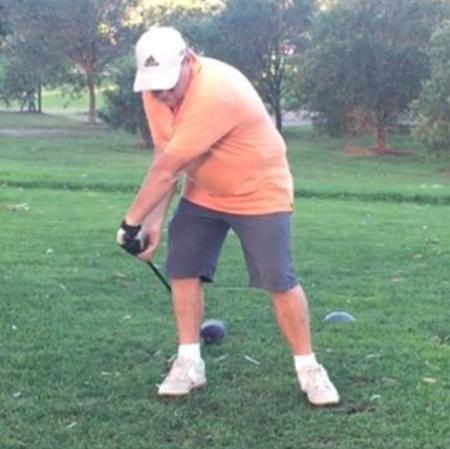
How can you determine the impact location of a golf ball? Here are some options. These methods involve measuring and analyzing the impact's location, as well as using reference data. It is necessary to determine where and at what speed the golf ball hit the ground in order to calculate its exact impact point. There is plenty of information online.
Methods for determining impact location
There are many methods that can be used to determine the impact site of a ball. One method involves comparing the sound signatures from a golf ball head and a clubhead against a database. A method known as Fast Fourier Transform analysis is used for comparing the two sound signals. This technique allows for the identification of the best match from a subset of known impact locations for a specific type of golf ball.
FIG. 2 shows an example of a method to determine the impact site of a ball of golf. 9. Another method includes using a mobile communication device or a computing system to receive sound data relating to a golf ball's impact. The computer system could also collect information about the quality of the golf balls and their location.

Measurement
The first step in measuring the impact of a golf ball is to determine its initial trajectory. This can be done using an apparatus that measures the initial velocity as well as angle of launch. Another step involves measuring the length of flight. Measurement of the flight time can be performed using a timer connected to the initial trajectory measuring apparatus 2.
The traditional method for measuring the impact of golf balls is to use a high-speed camera with a controller unit. A CCD camera records multiple images of the ball's path. These images are then processed using high-speed comparison algorithms. The results are displayed onto a video monitor.
Analysis
An analysis of the impact of a golf ball can reveal valuable information about the dynamics and playability of the ball strike. It is common to compare the sound signatures of golf balls impacts with databases that contain information about known ball and club impact locations. The sound signals are often analysed using a Fast Fourier Transform, (FFT). These comparisons can show differences in the overall shape of the sound signals based on where the golf ball and club head impact. In some cases, a subset may identify the best match of unknown contact sound signals.
Analyses can produce visuals, audio data or textual information. It could also include haptic information. You can see the location of impact and whether it was soft- or hard. It also shows how much clubhead speed the ball hit.

Reference data
In order to accurately predict golf balls' impact forces, reference data is needed. This information is useful in developing new clubhead designs. You can find reference data from many sources. Foresight Sports and GCQuad both have data on the impacts of golf balls.
The descriptive design was used in these studies. To compare the estimated and measured values, data was collected from different handicap golfers. The impact location, vertical component impact location, and carry distance were measured and compared across all participants. Also measured were the directions of offline distance from the target line.
FAQ
What does a good swing look like?
Balance is the key ingredient to a great golf swing. Balance is the ability to be steady and even throughout your entire body movement. Your arms should be strong and relaxed while you swing the golf ball. Keep your shoulders straight and parallel to the target line.
Follow through by keeping your head still as you backswing. Swing smoothly without jerking the wrists. Don't force the ball. Instead, be fluid and smooth.
What are the different types of golf courses?
There are many types of golf courses. Some are designed specifically for beginners, while others cater to experienced players.
Some golf courses are located near lakes, rivers, mountains, and forests. Others are situated in urban areas. Golf courses range from public parks to private estates.
What is the best way to practice your golf swing?
Practice makes perfect! Practice is essential for any sport. You have to practice if your goal is to improve your ability to play golf. You can practice until you feel comfortable with the basics of the swing.
You should practice using both your hands. You should start with the shortest shots. Next, practice longer drives. Practice chipping and putting.
Statistics
- They do this by means of assessing and rating courses according to the average good score of a "bogey golfer," a player with a handicap of around 20. (en.wikipedia.org)
- In the United States, women made up 25 percent of golfers in 2021, which was up from 19 percent in 2011, and junior female golfers account for 35 percent or 1.1 million golfers.[50] (en.wikipedia.org)
- Buying a set of Titleist or Taylor-Made irons for nearly $1,000 is simply not necessary and likely a waste of money. (golficity.com)
- They do this by means of assessing and rating courses according to the average good score of a "bogey golfer," a player with a handicap of around 20. (en.wikipedia.org)
External Links
How To
How to Make a Perfect Golf Swing
A strong golfer understands how to play his game, and what he can do to improve. He should be able to recognize when to use different clubs, grips and stances.
These tips will teach you how to play great golf.
-
First, learn the basics. Before you begin practicing your swing, you must first understand the basic rules.
-
Practice makes perfect. - You can practice by going out in nature or indoors and hitting balls at a target. This allows you to get feedback on your form and technique without hurting yourself. After you feel comfortable with your swing mechanics, start playing some golf.
-
Check your readiness - Before hitting any ball make sure you check your grip and posture. Also, ensure that the distance from the target is accurate. Adjust if you don't feel the right way.
-
Keep it simple - Don't try to copy someone else's swing; take inspiration from great players like Tiger Woods, Phil Mickelson, Jack Nicklaus, Gary Player, Arnold Palmer, Ben Hogan, Ernie Els, Vijay Singh, Tom Watson, Sam Snead, Lee Trevino, etc. They are masters of their craft because they have practiced and perfected their own unique style.
-
Use technology - Technology plays an important role in improving your golf game. Many apps are available that will help you analyze your swing and track your score. They can also measure distances and give you advice based upon your statistics.
-
Be consistent - When you practice, always keep the following principles in mind:* Work on one aspect of your game at a time. If you're working on a short game, only focus on short drills. You shouldn't mix your long and short game drills.
-
Focus on one part of your body at a time. If you focus on your left arm and work hard, your right arm will be forgotten. This will not help you improve your overall game.
-
Always be truthful. Never lie to your self. You are cheating yourself if you believe you can do better than you actually are.
-
Play with friends--Playing with others will inspire you to improve. Besides helping you stay motivated, having people around also gives you some friendly competition.
-
Recognize your strengths and weaknesses. Find out what areas you are strong and where you can improve.
-
Have fun. - Enjoy the process of learning how to play golf. There is no such thing "perfect" at any skill. Even though you may never reach perfection, you'll still enjoy the journey.